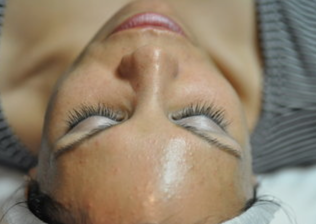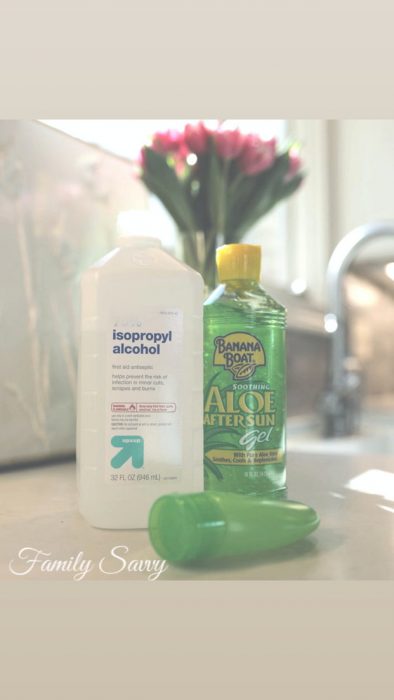What You Need To Know Before Comparing “Botoxes”

An invitation to a Brookwood Dermatology “Lunch & Learn,” recently shared the following offer:
“Buy two syringes of Radiesse, and get one area of neurotoxin for free.”
This invitation prompted several to ask Dr. Herzog, “what is a neurotoxin?” Today, she explains. She also offers helpful advice to those who wish to compare the different toxins when shopping for the best deal.
Dr. Jo Herzog
 Although many chemicals are classified as neurotoxins (e.g. lead, alcohol, and tetanus), these aren’t the neurotoxins you’ll find in your dermatologist’s toolbox. The “neurotoxins” that we use are ones that serve one major purpose: to stop the nerves from allowing us to move the muscles that make wrinkles. There is a science behind this, but I will just write the basic information, which is all most folks want to know.
Although many chemicals are classified as neurotoxins (e.g. lead, alcohol, and tetanus), these aren’t the neurotoxins you’ll find in your dermatologist’s toolbox. The “neurotoxins” that we use are ones that serve one major purpose: to stop the nerves from allowing us to move the muscles that make wrinkles. There is a science behind this, but I will just write the basic information, which is all most folks want to know.
If my invitation had said “Botox” instead of “neurotoxin,” everyone would have known what I meant. Botox was the first of the neurotoxins that we started using in the USA for cosmetic purposes. Over the years, many companies have developed similar products that have been tried and used worldwide for the same purpose.
In the U.S., there are currently three similar products (neurotoxins) being widely used: Botox (by Allergan), Dysport (by Valeant), and Xeomin (by Merz). These products vary slightly in structure but all have a similar effect. If used in equivalent dosages, each should yield results that last about the same length of time in most patients.
Dysport and Xeomin seem to have a faster onset of action after being injected than does Botox. Head to head studies have failed to show superiority of one product over the other, with the exception of one study that did show Dysport superior to Botox for crow’s feet. These products are all injected the same way, although experienced injectors might alter their injection pattern somewhat to capitalize on some of the differences in the molecular structures of the products. In my experience, the results that I get from all of these is the same other than the time to onset of action.
Despite the studies showing that these products are about the same, I have patients that insist that they have better or longer-lasting results with a certain product. Conversely, I also have patients that ask for whichever product is the best price at the time because they see no difference.
I think that results might vary slightly when switching from doctor to doctor, as injection technique varies. I also think that some people can react a bit differently to the quantities injected. I tell my patients that they know that they have had enough product when two criteria are met: 1) the result is satisfactory at two weeks post injection, and 2) the result lasts for at least three months. A neurotoxin that lasts only two months probably does so because not enough was injected– not because it isn’t a good product.
It can be confusing when comparing neurotoxins, as the units are not equivalent. Ten units of Botox is much more than ten units of Dysport (as ten cherries are more filling than are ten blueberries). You can not compare amounts and prices unless you know how to compare units. If you are up for the math, read the next paragraph where I’ll give you a primer for comparing units of neurotoxins.
I generally use 2.5 times the number of units of Dysport (some use 3) as I do Botox for the same job and the same number of units of Xeomin as Botox for same job. So, if you had 20 units of Botox, you would need 50 of Dysport and 20 of Xeomin. Therefore, if my Dysport were $4 a unit, it would be equivalent to Botox at $10 a unit (as I would need 2.5 times as many units for the job). This is important, because if you think that Dysport units =Botox units and you see Dysport advertised for $4 a unit, you will come running really quickly until you realize that you will need more units per job (although $4 a unit is still a good deal on Dysport).
So, I will attempt to answer Jamie’s favorite savvy question, “What is a deal?” A deal is when a reputable physician gets a good price or a rebate on a product and can pass it on to you. This can happen when physcians buy so much product that we get a good price or when a company has a rebate or special event. All of the companies have their own events and specials. If you are not bound to using a favorite “neurotoxin,” ask your doctor what he or she might have that is a good price point at the time of your visit.
Hope this was helpful. We will talk more in the next few weeks. Keep the questions coming. Be well, feel good, and look your best.
Dr. Jo






